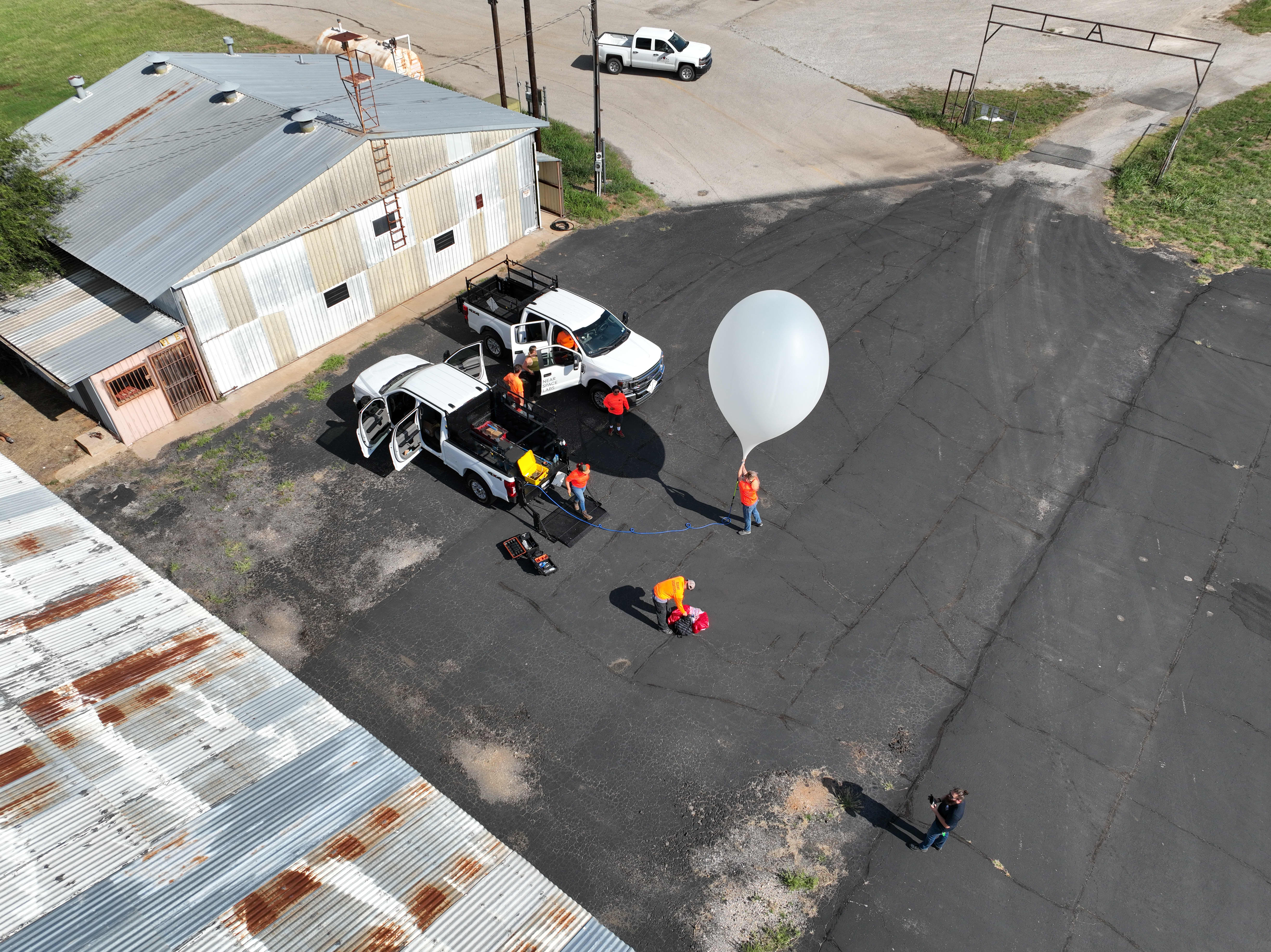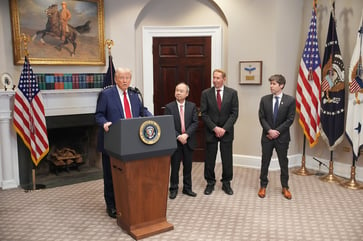Balloon-mounted, AI-powered cameras could expedite your insurance claim processing

- In Brooklyn, New York, a startup called Near Space Labs created "Swifts," AI-powered robotic cameras that fly on weather balloons.
- By next year, Space Labs will deploy Swifts to assess damage from climate-related disasters instead of using them to assess property risk.

In the aftermath of hurricanes Helene and Milton, which caused widespread devastation in several southern states, insurance adjusters face an enormous task. For many years, these adjusters have relied on the same methods to evaluate property damage following natural disasters. They visit individual properties and employ small airplanes equipped with high-resolution cameras to survey damage to roofs, structures, and neighborhoods. These planes expedite the process and enable adjusters to prioritize specific claims.
Using drones, artificial intelligence, and weather balloons, new technology aims to modernize and speed up the process of assessing property risk and damage from climate-related disasters. Near Space Labs, a Brooklyn, New York-based startup, has invented Swifts, stratospheric, AI-enabled robotic cameras that fly on weather balloons. These cameras are currently being used to assess property risk, but by next year, they will be deployed to assess damage from climate-related disasters.
Near Space Labs' balloons and Swifts allow insurance companies to quickly assess damage and pay out claims after a catastrophe, instead of taking weeks and months to process, as stated by Rema Matevosyan, CEO of Near Space Labs.
The airplanes cruise at a lower altitude compared to the giant weather balloons. The company claims that their cameras capture high-resolution imagery over vast areas.
""With one flight, our balloons can capture what 800,000 drones would capture in weeks, allowing us to be faster, better, and cheaper for our customers," Matevosyan stated."
Insurance and reinsurance companies, such as Swiss Re, are utilizing Near Space to assess and determine risk. The data collected from specifics, such as roof features, surrounding vegetation, and defensible space, are all inputted into customer AI datasets. This aspect is particularly appealing to investors.
According to Shaun Abrahamson, Managing Partner at Third Sphere, an investor in Near Space Labs, in order to effectively use AI for risk analysis, a cost-effective and plentiful source of imagery is necessary. He believes that Near Space is the most likely option for this over the next ten years.
Near Space Labs, in addition to Third Sphere, is supported by Crosslink Capital, Wireframe Ventures, IAG Firemark Ventures, Toyota Ventures, and Leadout Capital. The company has secured $24 million in funding.
Despite flying over 1,000 commercial missions to evaluate risks, near space is still in the process of increasing its operations for disaster response. Matevosyan stated that by next year, the company will be able to respond to major climate disasters immediately. The entire Swift system can be transported in a suitcase and delivered to operators worldwide.
Our platforms are launched by flicking a switch, attaching it to a helium balloon, and letting it go. The rest happens autonomously.
CNBC producer Lisa Rizzolo contributed to this piece.
Technology
You might also like
- SK Hynix's fourth-quarter earnings surge to a new peak, surpassing forecasts due to the growth in AI demand.
- Microsoft's business development chief, Chris Young, has resigned.
- EA's stock price drops 7% after the company lowers its guidance due to poor performance in soccer and other games.
- Jim Breyer, an early Facebook investor, states that Mark Zuckerberg has been rejuvenated by Meta's focus on artificial intelligence.
- Many companies' AI implementation projects lack intelligence.



















